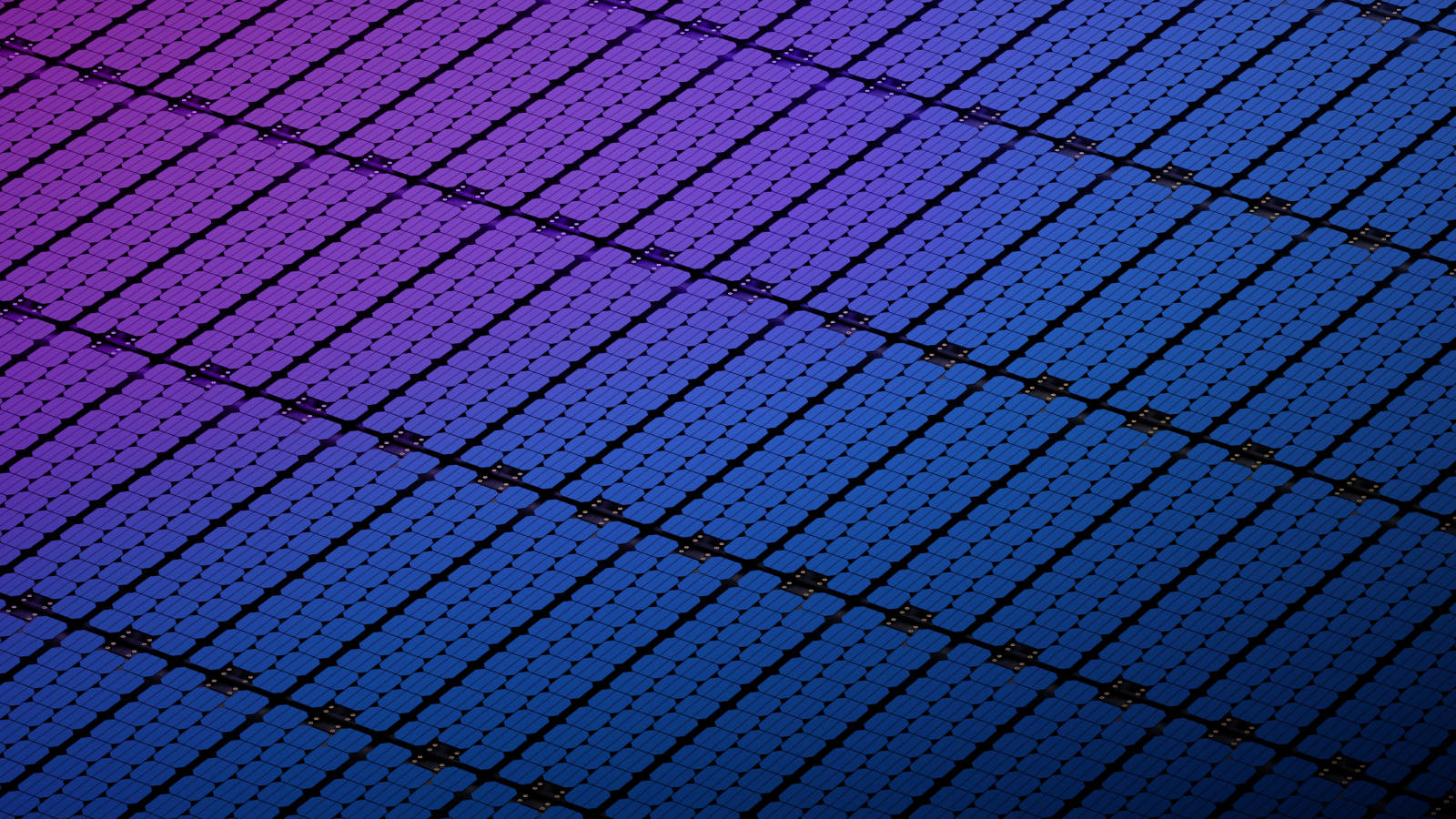When you purchase through links on our site , we may earn an affiliate commission . Here ’s how it works .
Using optical maser , scientists have created a newfangled material that is so water - repellant that droplet can bounce straight off of it . The surface could be used for everything from preventing ice from developing on plane wings to creating self - cleaning toilets , the researchers say .
scientist created the body of water - hating material by laser - etch a microscopic pattern on a metal airfoil . And unliketraditional chemical coatings , the fresh material will not wear off , they said .

The super-repellent material makes deflect water drops much more than traditional nonstick surfaces.
" The water falls towards the aerofoil , and is repelled and bounces off the surface , " study loss leader Chunlei Guo , an optical physicist at the University of Rochester in New York , say in a YouTube telecasting . " This is accomplish by creating a unequaled pattern of surface structures at micro- [ millionth of a cadence ] and nanoscales [ one-billionth of a measure ] with our optical maser processing technology . " [ See video recording of water supply bouncing off fresh material ]
The optical maser - etch pattern puddle the open stronglywater - repelling , or hydrophobic . It ’s much more repellent than typical chemical coating , like the Teflon in nonstick electrocute pan . Teflon - coated surfaces need to be tilted at nearly a 70 - degree slant before a piddle droplet will slue off , whereas the unexampled material only demand to be tilt at less than 5 level , the researchers reported yesterday ( Jan. 20 ) in the Journal of Applied Physics .
The surface also hasself - clean property . As water droplets bounce off of it , they piece up dust mote , the research worker said .

To create the new material , Guo and his colleagues used brawny , but very short , laser pulses to engrave a Pt , Ti or brass Earth’s surface . Each optical maser pulse lasted about a quadrillionth of a second , but reach a flower tycoon equivalent to that of the intact power grid of North America , the researchers said .
Guo and his squad tested the material ’s self - cleaning properties by apply junk from a vacuity cleaner to the material ’s control surface . They found that they could remove about one-half of the dust molecule using only three drops of water , and they were able to hit the dust completely with about a XII drops , the researchers say . The result was a totally dry , spotless surface .
There are legion potential applications for this water - repelling material , the scientists said . Laser - engrave coatings on airplanes couldprevent life-threatening chicken feed from building upon the wings . Etched control surface could also be used to keep toilets sportsmanlike in develop nation , where water is scarce — a function that has drawn interest from the Bill & Melinda Gates Foundation , which helped fund the work .

In former work , the researchers used a standardized optical maser - patterning technique to turn metals black by making them very optically absorptive . The compounding of these light - absorbing and water - repelling properties could bring on more efficient solar panels that would n’t rust and would require less cleaning , the researcher said .
There are still a number of challenge to overcome , however . Currently , it takes an hour to etch a 1 inch by 1 in ( 2.5 by 2.5 cm ) while of metallic element , and this process needs to be hurry up , the research worker aver . The team also be after to apply the method acting to nonmetal surfaces .














